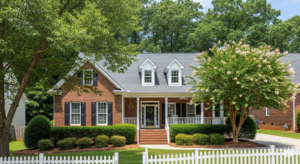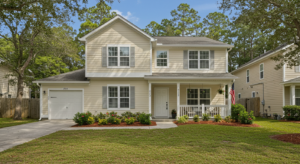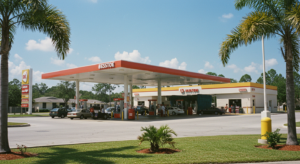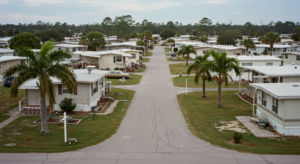Narrative
In 2024, the owners of a warehouse/office facility in Charlotte, North Carolina undertook strategic tax planning to enhance their investment. The property consists of a single-story building encompassing 23,374 square feet. Originally constructed in 1995, the warehouse/office building features both industrial and commercial office space.
The building includes modern amenities such as high-efficiency HVAC systems, electrical systems, and specialized equipment areas. The property also features loading docks, warehouse equipment, and office fit-outs appropriate for its mixed-use purpose.
Objective
The primary objective of the cost segregation study was to identify and classify the warehouse/office's assets to optimize the owners' tax savings. By breaking down and reallocating components into shorter depreciation life categories, ETS aimed to provide both immediate and long-term financial benefits through accelerated depreciation.
Methodology
ETS employed a detailed, engineering-based approach, which included:
- Physical Inspection: conducting a thorough site visit to identify and photograph the property's components
- Document Review: examining architectural plans, construction documents and accounting records
- Cost Analysis: applying engineering principles to allocate costs to specific asset classifications
- Depreciation Calculation: calculating depreciation using IRS-accepted methods such as the Modified Accelerated Cost Recovery System (MACRS)
Learn More About Cost Segregation
Explore the benefits of cost segregation and how it can enhance your property's profitability. Dive deeper into our strategies.
Discover MoreAsset Allocation
5-Year Class Life
Total Allocation: $906,931.15 Percentage of Basis: 22.7%
Key components included:
- Dedicated electrical systems
- Warehouse equipment
- Security systems
- Special purpose electrical
- Communications systems
15-Year Class Life
Total Allocation: $571,265.45 Percentage of Basis: 14.3%
Key components included:
- Site improvements
- Paving and curbing
- Landscaping
- Exterior lighting
- Site utilities
39-Year Class Life
Total Allocation: $2,421,655.17 Percentage of Basis: 60.62%
Building structure components including:
- Foundation and structural frame
- Roof system
- Basic electrical
- Standard plumbing
- General HVAC
Class Life Details:
Summary
The cost segregation study for this warehouse in North Carolina demonstrates the substantial financial advantages of strategic tax planning. By reclassifying property components into shorter depreciation categories, the study enabled accelerated depreciation, resulting in maximized tax savings and improved cashflow. This approach not only enhanced the warehouse's profitability but also allowed for more efficient capital management and future property upgrades. The case study illustrates how cost segregation can significantly boost the financial performance of commercial real estate investments.
The cost segregation study identified significant opportunities for accelerated depreciation. Of the total depreciable basis of $3,995,000:
- 37% was reclassified to shorter recovery periods
- First-year depreciation increased from $38,413.46 to $1,089,331.14
- Total accumulated depreciation difference: $1,050,917.68
Unlock Your Tax Savings
Discover how cost segregation can maximize your tax benefits and improve cash flow. Get started today with a free consultation.
Get Your Free Consultation


